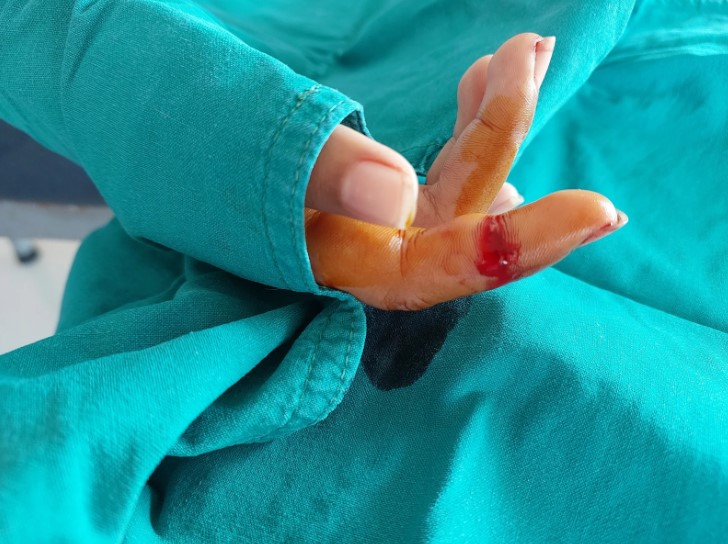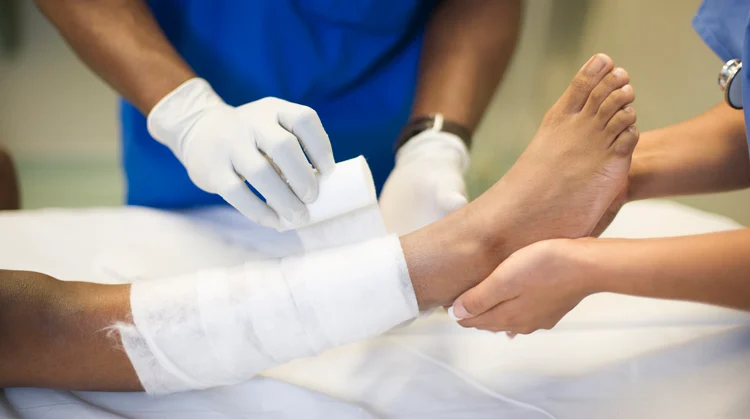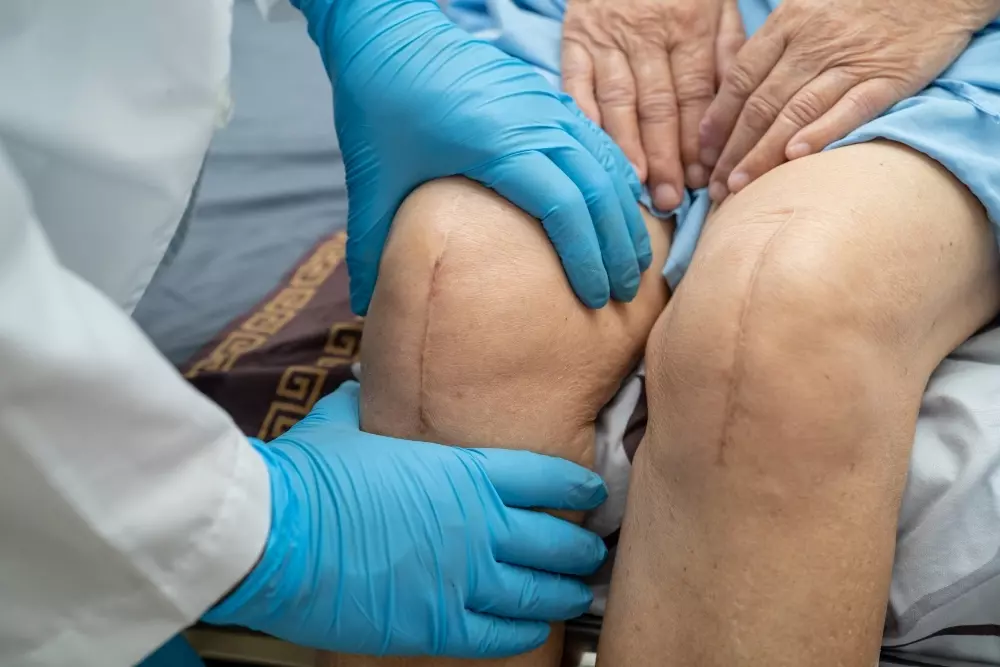When it comes to wrist injuries, distal radius fractures are among the most common. A distal radius fracture occurs when the larger of the two bones in the forearm breaks near the wrist. Understanding treatment options for such injuries is crucial, particularly considering the prevalence and impact on daily life. This blog aims to demystify the process of wrist surgery for distal radius fractures, providing insights into various repair techniques and advancements in the field.
Understanding Distal Radius Fractures
A distal radius fracture typically happens due to a fall on an outstretched hand or a direct impact to the wrist area. These fractures are prevalent, especially among older adults and athletes involved in contact sports. Symptoms include pain, swelling, and difficulty in moving the wrist. Early diagnosis and treatment are essential to prevent long-term complications and facilitate effective wrist surgery.
Treatment Options for Distal Radius Fractures
While some distal radius fractures can be managed without surgery using immobilization techniques such as casting or splinting, surgical intervention may be necessary depending on the severity of the fracture and the patient’s lifestyle. Wrist surgery options like open reduction and internal fixation (ORIF), external fixation, or percutaneous pinning are considered when the fracture is displaced or unstable. These procedures aim to realign the fractured bone fragments and stabilize the wrist for proper healing.
Surgical Intervention: Techniques and Procedures
Among the various wrist surgery techniques available, ORIF is one of the most common for treating distal radius fractures. During an ORIF procedure, surgeons make an incision near the fracture site, realign the bones, and use plates, screws, or other implants to hold them in place. External fixation involves placing pins or screws outside the skin, connected by a metal frame, while percutaneous pinning uses wires or pins inserted directly through the skin to stabilize the fracture.
Advances in Distal Radius Fracture Repair
Recent advancements in wrist surgery have significantly improved outcomes for patients with distal radius fractures. Modern materials like titanium and bioabsorbable implants offer greater strength and reduced risk of complications post-surgery. Furthermore, minimally invasive techniques and improved imaging technologies enable surgeons to achieve more precise realignment and faster recovery times for patients.
Recovery and Rehabilitation
Following wrist surgery for a distal radius fracture, recovery involves a structured rehabilitation program. Physical therapy plays a crucial role in restoring wrist function and strength. Patients typically start with gentle exercises to improve range of motion and gradually progress to more strenuous activities as the wrist heals. The recovery process varies depending on the severity of the fracture and the individual’s overall health, but adherence to the rehabilitation plan is key to achieving optimal outcomes.
Takeaway
Understanding the intricacies of wrist surgery for distal radius fractures is crucial for patients and caregivers alike. Whether through non-surgical methods or various surgical techniques like ORIF, external fixation, or percutaneous pinning, effective treatment can restore wrist function and improve quality of life. Advances in medical technology continue to enhance treatment options and outcomes, emphasizing the importance of consulting with a healthcare professional to determine the best course of action for each individual.











